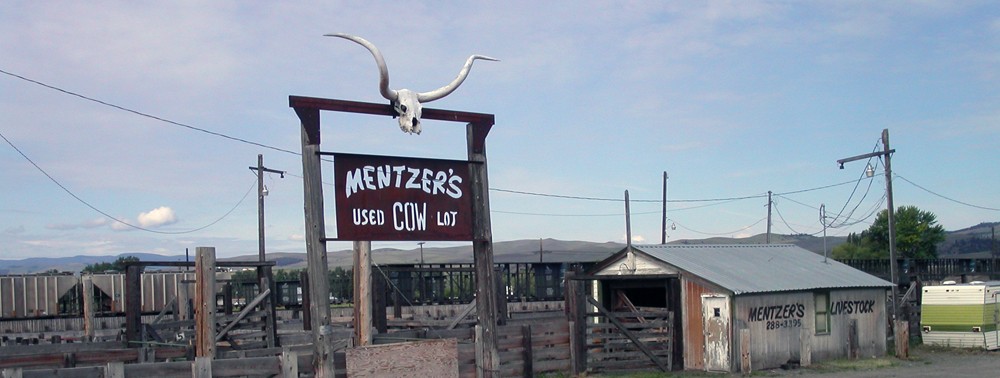In the summer of 1996 I emailed copies of my PhD dissertation to all the members of my committee. My dissertation was about family firms, craft dynasties, and leather tanning in the Catskills and eastern Pennsylvania, c. 1780-1950. Instead of sitting back and waiting to read their comments, I followed up on some research notes I had made about tanneries in the Pittsburgh region. That research ultimately led to several published articles, a couple of Historic American Engineering Record reports, a PBS interview, and several newspaper articles. But those aren’t what this post is about.
At the same time I was researching leather tanning in Pittsburgh and elsewhere, a cultural resource management (CRM) company was doing compliance studies for a highway improvement project in Pittsburgh. The highway project cut through the geographical heart of the space I was researching: Pittsburgh’s North Side and the north shore of the Allegheny River. After I read the CRM company’s report I published a review in my website and shared it with colleagues via various nascent listervs (this was the early days of the Internet before blogs, Twitter, etc.). The original post also was written long before the field of critical heritage studies emerged.
My review and the criticisms of the National Historic Preservation Act compliance stirred up quite a kerfuffle. The fallout included lawsuit threats and a considerable amount of retaliation by the firms involved in the studies and the agencies that reviewed them. Over the years, my website morphed into a blog and the original Pennsylvania Route 28 page ultimately was deleted. The Route 28 research, though, never really disappeared from public view. Every few years I get calls from print and radio reporters with questions about the highway and the area’s history.
I have recently returned to Pittsburgh and to some of my work from the 1990s. New publications and projects are forthcoming, including a recap of a May 2019 walking tour of PennDOT’s mitigation efforts in the Route 28 corridor. But, in the meantime I have decided to resurrect the 1997 web review (with some minor edits).
 Carole Ashbridge talks about the history of the Heinz plant in the Route 28 corridor. Allegheny City Society Lost Allegheny City Murals Walking Tour, May 19, 2019.
Carole Ashbridge talks about the history of the Heinz plant in the Route 28 corridor. Allegheny City Society Lost Allegheny City Murals Walking Tour, May 19, 2019.




















 If I were mounting an exhibition to tell the story about Montgomery County, Maryland, in the 1950s, there would be lots of material from which to choose: the Cold War, suburbanization, and civil rights would certainly be in the mix. But how would I choose to tell the story about the Black experience in Montgomery County during that eventful decade?
If I were mounting an exhibition to tell the story about Montgomery County, Maryland, in the 1950s, there would be lots of material from which to choose: the Cold War, suburbanization, and civil rights would certainly be in the mix. But how would I choose to tell the story about the Black experience in Montgomery County during that eventful decade? What do longtime residents in the Washington metropolitan area think when they encounter signs with the name of a real estate firm with a long and complicated history. On River Road, just south of Bethesda’s Macedonia Baptist Church, there was a home for sale in early 2018 and a sign out front caught my eye as I was driving to a meeting at the church.
What do longtime residents in the Washington metropolitan area think when they encounter signs with the name of a real estate firm with a long and complicated history. On River Road, just south of Bethesda’s Macedonia Baptist Church, there was a home for sale in early 2018 and a sign out front caught my eye as I was driving to a meeting at the church.


